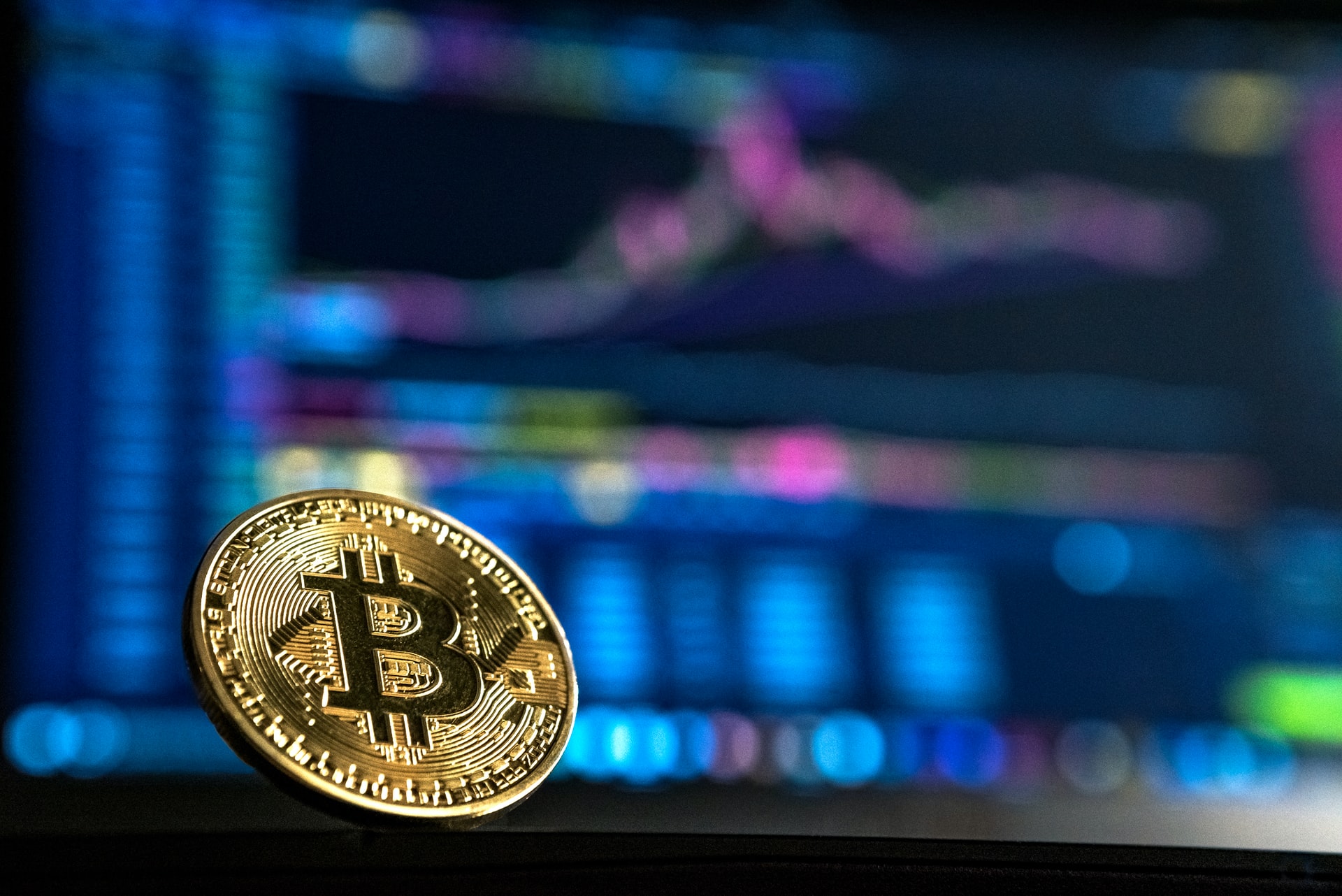Cryptocurrencies, all the rubble left by Ftx

The decentralized finance created by the anarcho-libertarians of cryptocurrencies is experiencing a phase of rethinking, between myths and reality. The analysis of Salvatore Bragantini, economist and former Consob commissioner
The sudden collapse of Ftx , a crypto-currency trading market created by a singular American financier, Sam Bankman-Fried, largely financed by the big names in Silicon Valley, caused a sensation; the collapse prompts many to propose that decentralized finance, Defi, be regulated and supervised by the financial authorities.
The Defi, not to be confused with the digital currencies of central banks, in an advanced stage of study, is an ecosystem born following the financial crisis that exploded with the collapse of Lehman Brothers.
In the wake of the disaster, a world of anarcho-libertarians, with strong IT skills, has built another finance, detached from state regulations and fiat currencies, currencies no longer linked to gold since 1971 and issued at will by central banks .
Better a bold new world, removed from the traffic of the abhorred politicians, based on trust between private individuals without intermediaries, guaranteed by bomb-proof computer systems.
CRYPTOCURRENCIES AND DECENTRALIZED FINANCE
Different species populate the Defi; the Crypto-currencies (Crv), the markets (such as the recently collapsed Ftx) where they are exchanged (Crx) and the Stablecoins (Stc), in which the Crv are deposited, like in the bank.
Transactions are accounted for by the Blockchain (Blc), a digital register, which cannot be violated thanks to cryptography, which guarantees the two parts of a transaction; to the buyer it assures the possession of the good by the seller, to the seller the payment.
The Blc should overcome the complex mechanism of compensations and guarantees which today perform the same function, with a waste of costs and time.
THE REALITY BEHIND THE MYTH
There is a lot to say about every element of the Defi: the Blc has been punctured several times despite the admirable cryptography, a Crx has failed, the stablecoins are far from stable, but let's focus on the engine of the system.
The value of CRVs in circulation, which had reached $3 trillion, has now plummeted to around $800 billion. The main one (about 50 percent of the total) is Bitcoin, which can only be issued in a limited total number.
Bitcoins exist in potential and must be transformed into action like extracting the metal from a mine; very complex and energy-intensive calculations are needed to extract Bitcoin. It consumes as much energy per year as Belgium.
It's a tough math game, but it lacks any real function. Given that its value is very volatile, and since the Blc can record only a few transactions per minute, it does not perform the classic functions of a currency: means of payment, store of value, unit of account.
If after 14 years from their birth, Stephen Diehl, a great expert in the field, tells the Financial Times, Blc, Crv, Crx and Stc remain solutions in search of a problem, it means that they do not satisfy any need.
They only serve those who hope to resell the CRV to those who pay more, waiting for someone else to resell at a profit.
Why didn't they disappear then? First of all because they are very useful for those who want to remove their financial movements from any control by public authorities; therefore the CRV is the favorite safe-haven asset of large and small criminals. The other reason is that money, in whatever form, is always waiting for the chicken to pluck.
THE DEFI REGULATION
Confine Defi underground would be useless, perhaps counterproductive, but it seems to me there are excellent reasons to push regulators and legislators to light up every nook and cranny of Defi, without however regulating it.
Only eminent reasons of public order could impose it. Regulatory would mean, on the one hand, to make other Defi appear, perhaps worse; on the other, giving the CRVs the dignity of investments regulated by the State, therefore protected by the laws to protect savings.
While many small estates are apparently invested in CRVs and denying them protection may seem wrong, regulating them would be futile.
It is well known that money is always waiting to be separated from the fools, and the number of those who, aspiring to earn money, take the bait would expand.
It is not excluded that in the future pieces of Defi will prove useful for purposes in need of protection; the Blc may have some potential, perhaps in other fields, but regulating above all the CRVs, which are constantly evolving, would now be a mistake.
The only piece of Defi that can perhaps already be regulated are the markets: Ftx has failed but a real market does not fail, except for holes in the Blc, or because it speculates for someone's profit, as it seems to have happened to Ftx.
This is a machine translation from Italian language of a post published on Start Magazine at the URL https://www.startmag.it/economia/mito-criptovalute-bancarotta-ftx/ on Sun, 04 Dec 2022 06:58:36 +0000.
